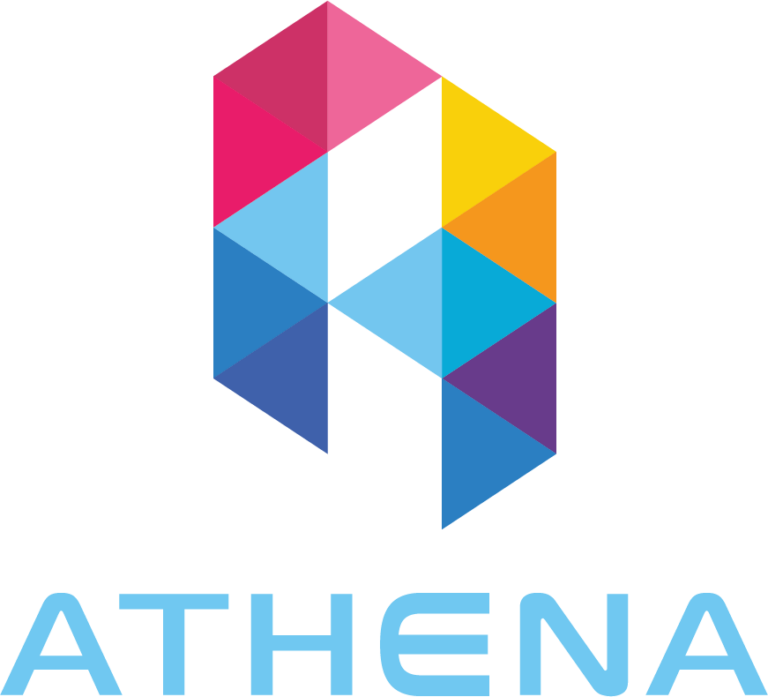The Top Security Features Every Crypto Exchange Needs
The rapid growth of cryptocurrencies has made crypto exchanges critical hubs for trading digital assets. However, this popularity has also attracted sophisticated cyber threats, from hacks to phishing attacks. To protect users and maintain trust, crypto exchanges must prioritize robust security features. This article outlines the top security measures every crypto exchange needs to safeguard its operations and user assets.
1. Cold Wallet Storage
What It Is
Cold wallets are offline storage solutions for cryptocurrencies, disconnected from the internet to minimize hacking risks.
Benefits
- Reduced Exposure: Hackers cannot access funds stored offline.
- Backup Assurance: Funds are less vulnerable to system failures or breaches.
Best Practice: Store the majority (90%+) of user funds in cold wallets, reserving hot wallets for active trading needs.
2. Two-Factor Authentication (2FA)
What It Is
2FA requires users to provide two forms of verification to access their accounts, typically a password and a temporary code sent to a trusted device.
Benefits
- Enhanced Security: Reduces the risk of unauthorized account access.
- User-Friendly: Widely adopted and easy to implement.
Options: Use app-based authenticators (e.g., Google Authenticator) instead of SMS for added security against SIM-swapping attacks.
3. End-to-End Encryption
What It Is
Encryption secures data during transmission, ensuring it cannot be intercepted or read by unauthorized parties.
Benefits
- Privacy Protection: Prevents data leaks during account logins and transactions.
- Compliance: Meets regulatory standards for secure data handling.
Implementation: Use TLS/SSL protocols for website traffic and encrypted APIs for data exchanges.
4. Advanced KYC and AML Compliance
What It Is
Know Your Customer (KYC) and Anti-Money Laundering (AML) protocols verify user identities and monitor suspicious activities.
Benefits
- Fraud Prevention: Detects and blocks unauthorized or illicit transactions.
- Regulatory Adherence: Complies with global and regional laws.
Tools: Employ AI-driven systems to automate identity verification and flag high-risk users in real-time.
5. DDoS Protection
What It Is
Distributed Denial of Service (DDoS) protection shields exchanges from attacks that overwhelm servers with fake traffic.
Benefits
- Operational Continuity: Ensures the platform remains accessible during an attack.
- Improved Performance: Filters malicious traffic, maintaining speed and reliability for legitimate users.
Providers: Services like Cloudflare or AWS Shield offer robust DDoS mitigation solutions.
6. Secure APIs
What It Is
APIs connect crypto exchanges with external applications, such as trading bots and mobile apps.
Risks
- Exposed APIs can become entry points for cyberattacks.
Best Practices
- Rate Limiting: Restrict the number of requests to prevent abuse.
- Authentication: Require API keys and secure tokens for access.
- Monitoring: Track API activity for anomalies.
7. Regular Security Audits and Penetration Testing
What It Is
Periodic audits and simulated attacks identify vulnerabilities in an exchange’s infrastructure.
Benefits
- Proactive Defense: Fixes weaknesses before they are exploited.
- Compliance: Demonstrates commitment to industry standards.
Implementation: Partner with certified cybersecurity firms for comprehensive testing.
8. Multi-Signature Wallets
What It Is
Multi-signature (multi-sig) wallets require multiple private keys to authorize a transaction.
Benefits
- Enhanced Security: Prevents a single point of failure.
- Team Collaboration: Requires approvals from multiple stakeholders for large transactions.
Example: Require three out of five signatures for withdrawals exceeding a certain threshold.
9. Real-Time Monitoring and Alerts
What It Is
Continuous monitoring of platform activity to detect suspicious behavior.
Benefits
- Early Detection: Flags anomalies, such as unusual withdrawal patterns or failed login attempts.
- Fast Response: Alerts enable quick action to mitigate potential threats.
Tools: Leverage AI and machine learning to analyze activity patterns and generate alerts.
10. Insurance for User Funds
What It Is
Some exchanges offer insurance coverage for digital assets, protecting users against losses from breaches.
Benefits
- Increased Trust: Reassures users that their assets are protected.
- Financial Protection: Mitigates the impact of unexpected security incidents.
Example: Partner with insurers specializing in cryptocurrency to cover assets stored in hot wallets.
11. User Education and Awareness
What It Is
Providing users with tools and knowledge to secure their accounts effectively.
Examples
- Phishing Warnings: Educate users on recognizing fake websites or emails.
- Strong Password Guidelines: Encourage the use of password managers and complex passwords.
Impact: Empowered users are less likely to fall victim to scams, enhancing overall platform security.


